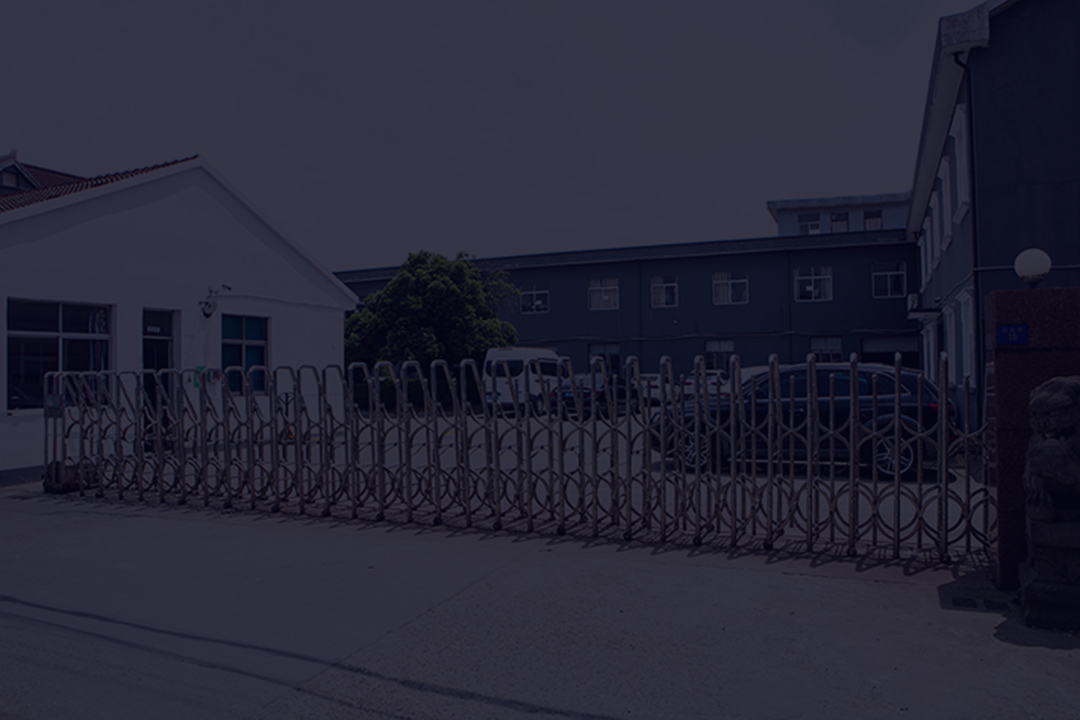

I. Disadvantages of Unwelded Oil Bottles
(1) Poor Sealing and Prone to Leakage
For unwelded oil bottles, there are gaps at the joints of various components. During storage, transportation, or use, the oil is highly likely to seep through these gaps due to vibrations, tilting, etc. This not only causes waste of oil but also pollutes the surrounding environment. In the case of in - car use, the leaked oil may corrode the circuits and rubber parts, leading to vehicle malfunctions.
(2) Weak Structural Strength and Prone to Damage
Without welding reinforcement, the overall structural stability of the oil bottle is poor. When subjected to external collisions or squeezes, the connection parts between the bottle body and the bottle cap are prone to cracking and falling off. It cannot ensure the long - term storage of oil, and may even "fall apart" during the oil filling process, affecting the safety and convenience of operation.
(3) Insufficient Durability and Short Lifespan
The unwelded splicing method is greatly affected by temperature changes and medium corrosion (the chemical properties of oil). The joints are prone to aging and deformation, accelerating the damage of the oil bottle, reducing its reuse value, and increasing the usage costs for both enterprises and users.
II. Advantages of Ultrasonic Welding
(1) Excellent Sealing with Zero - Leakage Assurance
Ultrasonic welding uses high - frequency vibration to make the molecules of the oil bottle components fuse with each other, forming a seamless welded surface. It can precisely seal the joints between the bottle body and the bottle cap, as well as the bottle body splicing parts, effectively blocking the contact between the oil and the outside world. It is not afraid of leakage during long - term storage and bumpy transportation, protecting the quality of the oil and the environmental cleanliness.
(2) High - Strength Integration, Resistant to Damage and Durable
After welding, the oil bottle becomes a high - strength integrated structure, and the strength of the joints is comparable to that of the bottle body itself. Its impact - resistance and extrusion - resistance are significantly improved. It is not easily damaged by collisions and drops during daily use, ensuring the safety of oil storage, extending the service life of the oil bottle, and reducing the replacement frequency.
(3) Precise Process, Adapting to Diverse Needs
Ultrasonic welding can precisely control the welding parameters to adapt to the production of oil bottles with different materials and shapes. Whether it is a small portable package or a large - capacity industrial package, it can achieve stable and high - quality welding, helping enterprises create standardized and high - quality oil packaging and enhancing product competitiveness.
From storage safety to user experience, from cost control to quality upgrade, ultrasonic welding brings comprehensive optimization to oil bottles, perfectly solving many drawbacks of unwelded ones. It is an excellent choice for oil packaging technology.